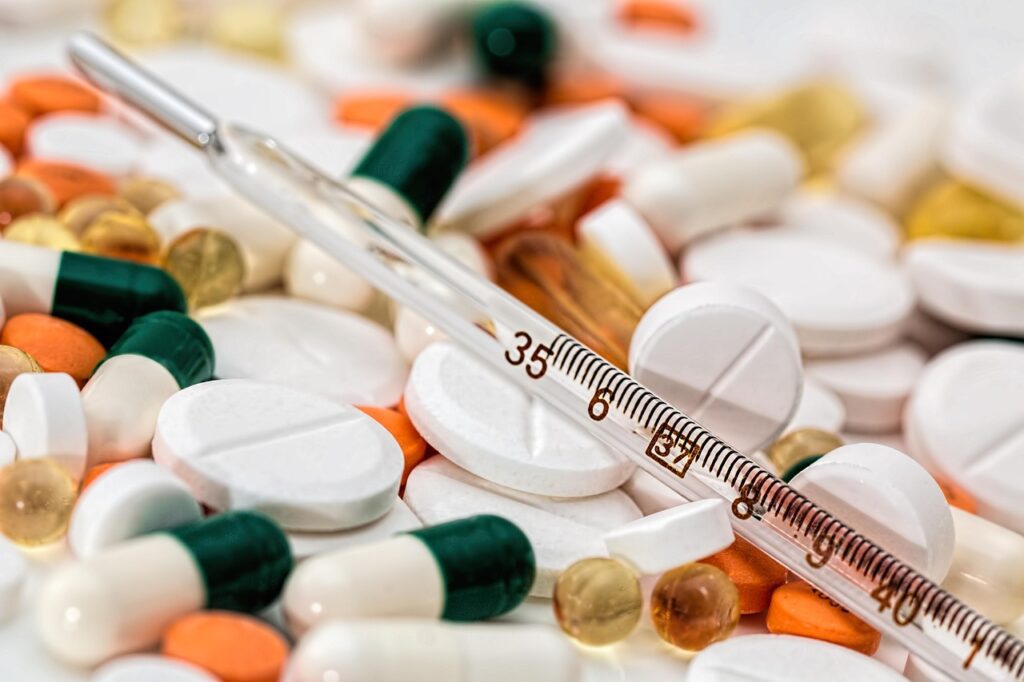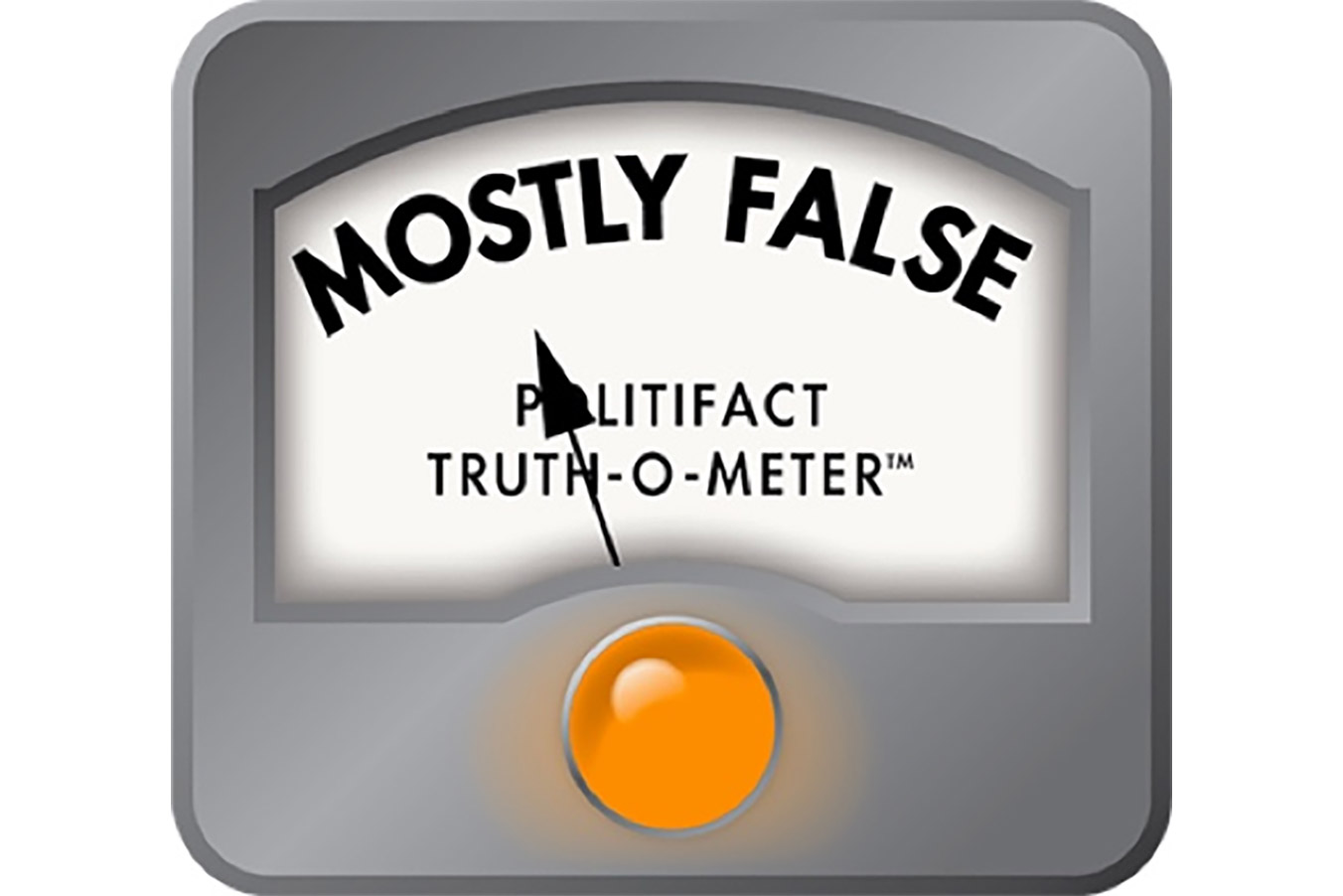Good Manufacturing Practice (GMP) compliance is a cornerstone of biopharmaceutical manufacturing. The regulatory measure sets a strict quality standard for products. This commitment is vital in the viral vector manufacturing sector. Maintaining biologic safety and effectiveness is necessary for vaccines, monoclonal antibodies, and gene therapies. Organizations must invest in GMP-compliant training and production facilities to maintain product integrity and consumer trust.
An Overview of GMP Compliance
GMP refers to a set of regulations enforced by regulatory bodies. Three of these entities include the US Food and Drug Administration (FDA), the European Medicines Agency (EMA), and the World Health Organization (WHO). These standards govern all aspects of production, such as raw materials, equipment, personnel training, and documentation. The goal is to minimize the risks involved in pharmaceutical production.
Additionally, international guidelines provide a framework for GMP compliance. Within this structure, manufacturers can remedy three key areas: one, define and control their processes; two, validate critical steps; and finally, evaluate any changes to the process. This approach to pharmaceutical production allows companies to follow risk-prevention measures from testing to the final product.
Why GMP Compliance Matters
The nature of biopharmaceutical products makes them vulnerable to contamination and other risks. For instance, vaccines and gene therapies require controlled environments to maintain their stability and efficacy. If a manufacturer fails to follow GMP standards, this could increase the likelihood of production challenges such as product inconsistencies or recalls. In extreme cases, such lapses may affect patient safety.
Recent regulatory communications have underscored the consequences of GMP-related shortcomings. For example, the FDA issued a public warning letter in March 2025 concerning a company’s combination products. The agency cited several areas needing improvement, such as quality system documentation and production record-keeping. This correspondence emphasizes the importance of stringent adherence to GMP standards without suggesting wrongdoing beyond what regulators officially noted.
Key Elements of GMP Compliance
Achieving GMP compliance involves several critical components. Key among them are strict documentation practices and personnel training. The aim here is to maintain consistent processes. The following is an overview of what it takes to maintain high-quality standards:
- Quality Control and Assurance Systems: Make sure products meet predefined quality standards.
- Documentation and Record-Keeping: Comprehensive documentation is essential for traceability and accountability.
- Equipment Validation and Calibration: Regular validation and calibration of equipment ensure consistent product quality.
- Personnel Qualification and Hygiene: Trained personnel and strict hygiene practices prevent contamination.
- Environmental Monitoring and Contamination Control: Monitoring the manufacturing environment helps identify and mitigate contamination risks.
These elements align with guidelines from regulatory bodies like the FDA. Agencies outline minimum requirements for methods, facilities, and controls. The regulations provide a blueprint for manufacturing, processing, and packing drug products.
The Role of Technology in Achieving GMP Standards
“One of the biggest challenges to medicine is the incorporation of information technology in our practices,” says Samuel Wilson, MD. That said, tech advancements have become pivotal in maintaining GMP compliance. Automation, artificial intelligence (AI), and digital monitoring systems enhance traceability and reduce human error. For instance, automated systems can monitor environmental conditions in real-time. This modality helps manufacturing environments remain within specified parameters.
Data integrity and cybersecurity are also critical factors. Each element helps organizations maintain the accuracy and security of digital records. As a result, they can prevent data manipulation while supporting regulatory compliance. The National Institute of Health (NIH) showcases research that argues for leveraging digitalization with a focus on maintaining GMP.
Benefits of Strong GMP Compliance Programs
Robust GMP compliance programs offer several advantages. First, they guarantee product quality and safety, essential for brand credibility.
Additionally, these initiatives help organizations achieve the following:
- Improved Product Quality and Patient Safety: Consistent adherence to GMP standards produces safer, more effective products.
- Reduced Regulatory and Financial Risks: Compliance minimizes the risk of regulatory actions and associated costs.
- Greater Trust from Regulators and Healthcare Providers: GMP compliance builds confidence among stakeholders.
- Enhanced Competitiveness in Global Markets: Compliance with international GMP standards facilitates access to global markets.
Effective GMP compliance programs are vital for maintaining product quality and safety while building consumer confidence. They minimize regulatory risks and enhance market competitiveness. Ultimately, investing in GMP compliance benefits organizations and consumers’ health.
FAQ
Q1: How does GMP compliance impact product recalls?
Strong GMP systems minimize the likelihood of contamination or quality deviations that often lead to costly recalls.
Q2: How often should GMP audits be performed?
Internal GMP audits typically occur annually. However, high-risk facilities may perform them more frequently.
Q3: What are the consequences of GMP non-compliance?
Possible penalties include warning letters, product seizures, loss of manufacturing license, and reputational damage.












